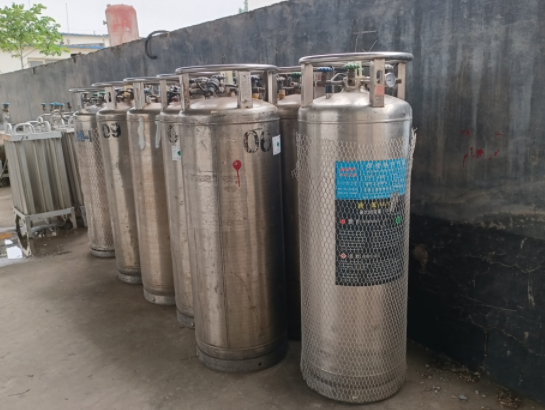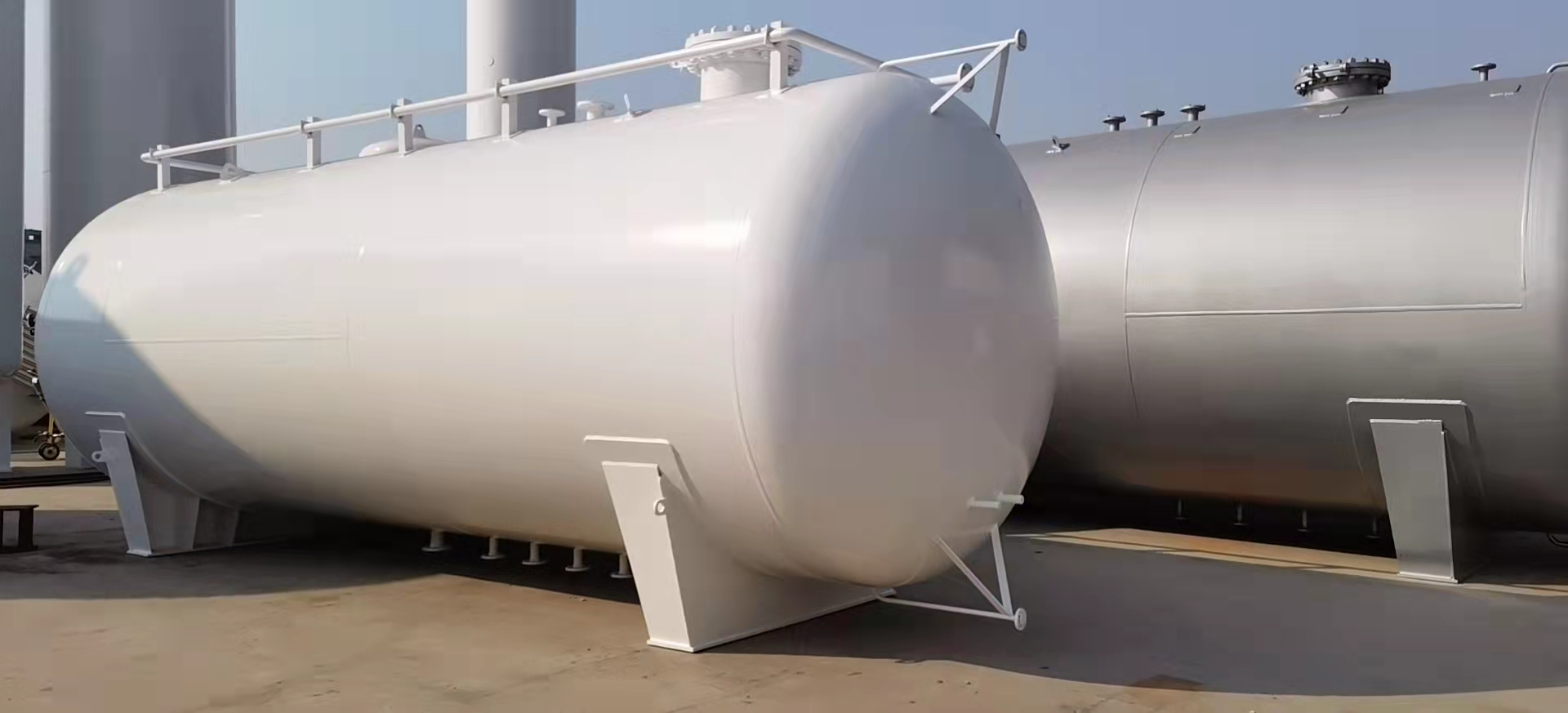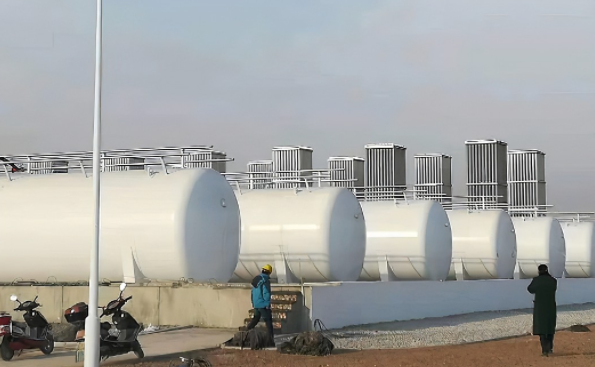Understanding the Importance of Storage and Safety
As energy demand continues to grow, liquefied petroleum gas (LPG), as a clean and efficient energy source, is widely used in industry, commerce, and domestic life. The liquefied petroleum gas storage tank is a key facility for storing and managing LPG. This article will introduce the basics of LPG storage tanks to help you better understand their importance and how to use them.
1. Basic structure of LPG storage tank
Liquefied petroleum gas storage tanks are mainly composed of tank bodies, inlets and outlets, safety valves and pressure gauges. Tanks are usually made of high-strength carbon steel or stainless steel and can withstand high pressure and low temperatures. The inside of the tank is coated with an anti-corrosion coating to prevent gas from corroding the metal.
2. Type of storage tank
Depending on storage capacity and usage scenarios, LPG storage tanks can be divided into above-ground storage tanks and underground storage tanks. Above-ground storage tanks are mostly used for industrial and commercial purposes and have larger capacities; underground storage tanks are mostly used in residential areas, with smaller capacities but more concealed and safer.
3. Precautions during storage and transportation
Liquefied petroleum gas is flammable and explosive, so relevant regulations must be strictly followed during storage and transportation. Storage tanks should be kept away from fire and heat sources and maintained with good ventilation. During transportation, the storage tank should be firmly fixed to prevent collision and tipping.
4. Common security measures
In order to ensure the safe use of LPG storage tanks, necessary safety facilities must be equipped, such as pressure relief devices, emergency shut-off valves, and explosion-proof electrical appliances. In addition, the various safety devices of the storage tank should be regularly inspected and maintained to ensure their normal operation.






























